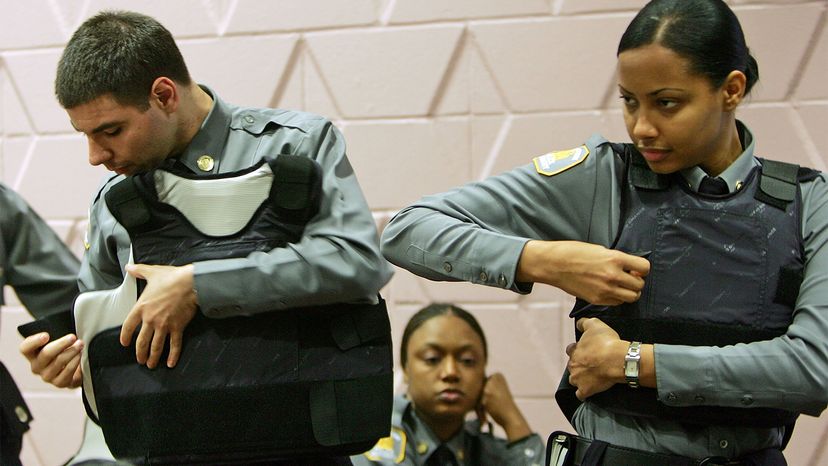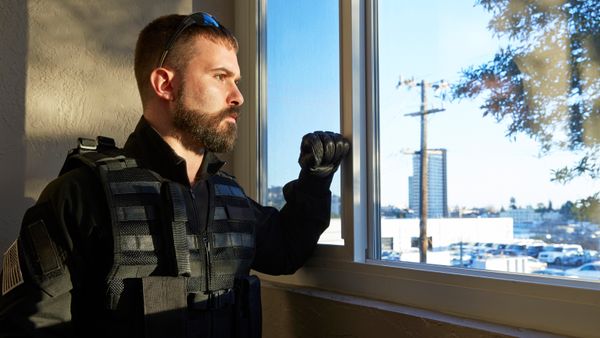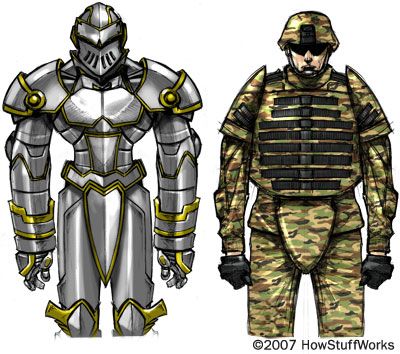According to Tom Nardone, president and founder of BulletSafe, a manufacturer of bulletproof vests, the layers inside a vest are designed to reduce the velocity of a round to a point below supersonic — faster than the speed of sound — so the fibers can have time to react to the bullet and exert their toughness on the bullet. The more layers, or the greater the density of the weaving of layers, the greater the toughness of the fibers — a measure of their strength and how much they will bend before they break — and the more capable they are of stopping a bullet.
Most pistols fire bullets at velocities that are slightly above the speed of sound. A bullet from a 9mm travels around 984 feet (380 meters) per second, roughly 164 feet/second (50 meters/second) faster than the speed of sound. Slugs from shotguns travel even slower. A good vest doesn't need to work hard to bring a 9mm bullet or shotgun shell's velocity down to a point where it can make use of the toughness of its fibers.
A rifle bullet, however, is another matter entirely. Depending on the grain and quality of the propellant, a bullet fired from an AR-15 travels, roughly, 3,300 feet/second (1,005 meters/second), nearly three times the speed of sound. It'll take a far greater density of ballistic fiber to stop that bullet.
"Supersonic rounds need plates to shatter the bullet into pieces," Nardone says. Most vests designed to stop rifle bullets are backed up with high density insert plates made from ceramics and polyethylene to break up a bullet into pieces and capture it.
"A PE vest with a [rifle] round, that bullet would be going faster than the speed of sound for so long that it would go through until the vest failed," Nardone says.
The material of the vests themselves is also prone to break down for various reasons. Kevlar, for instance, degrades when exposed to salt — such as the salt in human sweat. The longer a person exerts themselves while in a bulletproof vest made of Kevlar — to the tune of years — the greater the likelihood of failure. Vests made from PE also will break down over time when exposed to UV light.
"There is a five-year lifespan on vests. Sometimes people are buying older, used vests, mostly police-work vests, [from back when] they didn't have as high a level of protection," Nardone says.



